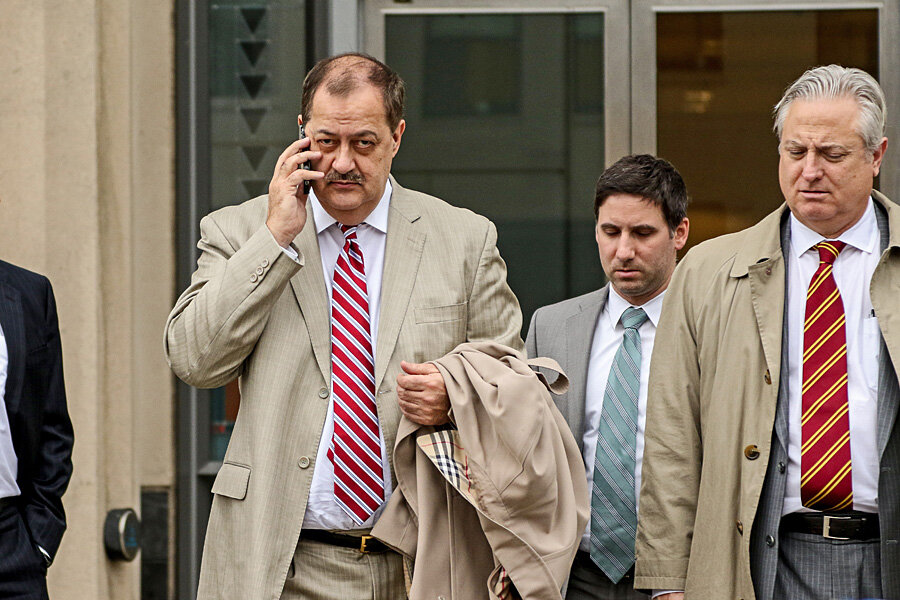Deadlocked jury struggles over fate of mine owner in historic trial
Loading...
After two weeks of deliberation over the trial of a former Massey Energy chief, the federal jury remains deadlocked.
Don Blankenship was charged in 2014 on three counts for ignoring hundreds of safety breaches and “conspiring to break safety laws and defrauding mine regulators” which allegedly led to the 2010 West Virginia Upper Big Branch Mine blast that killed 29 people. If found guilty he could face up to three decades in prison.
The fact that Mr. Blankenship is facing criminal charges is indicative of a broader shift in corporate accountability. It has been widely reported that this is the first time a coal executive has been personally held to account for mine management. The verdict, whenever it comes, could reverberate throughout the mining industry, which has already taken some steps to improve mine safety since the deadly blast.
At the time of the blast, Blankenship, then Massey chairman and chief executive officer, said in a statement, “Our top priority is the safety of our miners and the well-being of their families.”
However, the Mine Safety and Health Administration’s (MSHA) investigation into the explosion concluded Massey Energy “promoted and enforced a workplace culture that valued production over safety, including practices calculated to allow it to conduct mining operations in violation of the law.”
US District Judge Irene Berger denied defense lawyers request for a mistrial, instead issuing an "Allen charge" to continue deliberations and also instructing the jury that “it can return a partial verdict on the charges.”
The blast, and the accompanying trial, have had an impact on mine safety and the surrounding regulations, resulting in a decline in mine accident-related deaths. As The Christian Science Monitor reported last year:
In 2014, coal mine-related fatalities hit a record low. So far this year [2014], 16 people died in coal mining-related accidents, ducking under the previous low of 18 workers set in 2009. That’s a major improvement over the 48 deaths seen in 2010.
MSHA stepped up regulations as well, enacting requirements for increased amounts of incombustible “rock dust” to be applied to mine walls and floors in an attempt to lower the risk of coal dust explosions.
“Coal dust explosions are serious, and we expect mine operators to act quickly to reduce the threat to those mining coal underground,”Joseph Main, assistant secretary of labor for mine safety and health, said in a 2010 statement.
MSHA has also increased focus on mines they label “pattern violators,” or those that have repeated serious violations. But MSHA does not have the ability to shut a mine, Kevin Stricklin MSHA’s administrator of coal mine safety and health told the Associated Press last year.
"We just do not have the ability or authority to shut a mine just because it has so many violations," he said.
And despite the increased regulations, incidents still occur. In May of last year, two miners were killed during a “severe coal burst” at Brody No. 1 mine which had been cited for 253 serious safety violations.
This report contains material from the Associated Press and Reuters.








